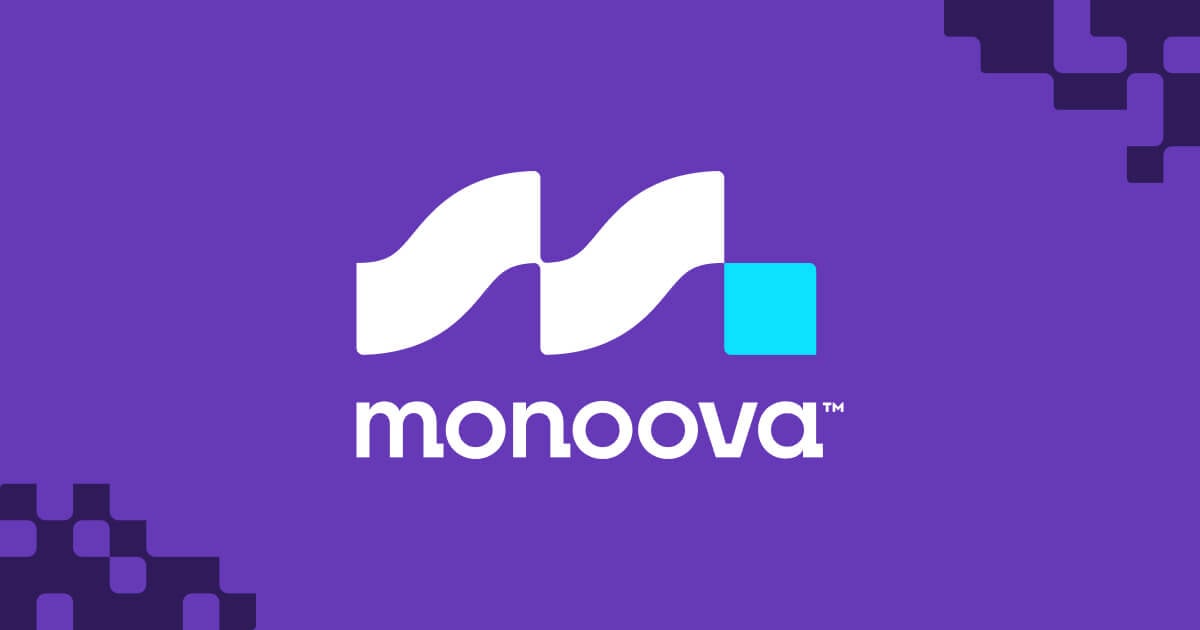This monthly column by Jeremy Liddle, Executive Director of Third Hemisphere, was originally published in The Australian and Stockhead. You can also read it in The Daily Telegraph, MSN, Herald Sun, Townsville Bulletin, The Courier Mail, The Advertiser, Cairns Post, The Chronicle, The Mercury, NT News, Geelong Advertiser, and Gold Coast Bulletin.

Unveiling the Explosive Growth Potential of the Web3 Market
The value of the global web3 market is expected to explode from $3.2 billion in 2021 to a staggering $81.5 billion in 2030.
That’s a compound annual growth rate of 62.8 percent!
At this point, a small number of applications of blockchain and web3 are fairly well understood.
Blockchain is largely well-known for its use in financial services, where it can offer alternatives to traditional financial systems in areas such as payments, or clearance and settlements.
In doing so, it helps users bypass traditional intermediaries in financial transactions, sometimes creating financial inclusion where there was none previously. Excellent.
However, web3’s potential is not limited to ‘serious’ applications, like the democratisation of financial services.
It is increasingly being applied to leisure activities like sports and gaming, where it can turbocharge the way participants engage, interact, play, watch, and even earn-in-real-life, all while enjoying their favourite game.
Web3 offers incredible potential not just for personal, corporate, and audience growth, but for transforming the way we play, follow, and interact with sports and games entirely.
The brave new world of interactive web3 sports
Consider this: you’d like to watch the big game on the weekend.
Traditionally, your options would have been to physically watch it from the sports ground, view a live broadcast on TV, or watch the highlights on YouTube.
If you wanted to increase the interactivity of the experience, you could have your mates over to watch it with you, or bring them to the sports ground or pub where it might be playing. But that’s as far as the interaction typically goes in those scenarios.
Until now.
Enter, the metaverse: an interactive, immersive 3D virtual world that is typically facilitated by the use of a desktop computer or virtual/augmented/mixed reality headset.
And some of the world’s biggest brands are jumping on board, with Apple recently releasing the Apple Vision Pro, and Meta releasing the Quest 3.
In the world of sports, this type of platform offers immense possibilities for player and fan interaction in games and stadiums around the world.
As an example, Australian-born web3 golf company Play Today recently launched a world-first golf metaverse that live streamed the NSW Golf Championship.
The “Play Today Golf Metaverse” was built by golf players for golf players, and allowed participants from across the globe to connect with each other and experience new and exciting ways to explore their beloved world of golf.
The metaverse was full of all the things a golf fan could want, including avatars of key NSW Open players who even hilariously performed their characteristic “victory dances”. A dedicated clubhouse was also provided, in case Players felt the need to virtually put their feet up after a long day of virtually enjoying their favourite sport from multiple virtual angles.
The metaverse also allows Players to live-stream professional golf tournaments and interactively control the livestream to follow their player of choice and view live scores.
And Players could then use augmented reality, or “AI visualisation” to view the latest cutting-edge physical golf products virtually inside their own homes, from leading golf brands like Adidas Golf, Callaway Golf, Drummond Golf, Bushnell, and Tour Edge.
Play Today CEO, Clive Mayhew, attributes the success of the Play Today metaverse to a much-needed shift in the way players and fans consume sport overall.
Changing the way we view sports
“The way we’ve consumed golf on TV has not changed much over the last fifty years,” Mayhew said. “And that goes for all types of sports.
“The truth is, watching sports on TV at a designated time is not exciting for the next generation, and doesn’t provide any opportunities for interaction, personalisation, or any form of immersion in the world of golf. This limitation goes for players, fans, and sporting retailers alike.”
The streaming of the NSW Golf Open Championship from within the metaverse didn’t just change the way fans interacted with and consumed golf, according to Mayhew. It suddenly opened up a whole new world of possibilities for all sports.
“Golf is just the beginning for us,” Mayhew added. “This is just a small taste of what the future of interactive sports broadcasting will become.”
On top of sports, however, there’s also the 3.09 billion active video gamers playing in a global industry predicted to reach US $545.98 billion by 2028…
Own what you earn, while you play
‘On-chain’ games first emerged just under a decade ago when Huntercoin was introduced to see if blockchains could handle gaming environments (spoiler alert: they could).
A few years later, CryptoKitties emerged to allow users to buy, sell, and breed non-fungible digital cats on the Ethereum network.
But it wasn’t until 2021 that the term “play to earn” emerged and Axie Infinity attracted over 1 million active users each month, generating over $328 million at its peak.
The rest, as they say, is history
From the first quarter of 2021 to the first quarter of 2022, the growth of blockchain games skyrocketed by 2,000 percent. Web3 gaming also received $4.49 billion in funding in 2022 alone, or 62 percent of funding across all of web3.
This massive growth is being driven by the industry’s ability to find new and tangible ways to reward players for what happens in the game.
For example, global blockchain game platform provider Polemos is offering players access to digital gaming assets, free of both collateral and deposits, with the new Armory platform.
The Armory sits outside any single game’s environment, making it game-agnostic and also chain-agnostic, and allowing it to operate across a wide range of blockchains.
COO and co-CEO of Polemos, Richard McLaren, points out that over half the world’s population plays video games in one form or the other (Candy Crush, anyone?).
He believes it’s only a matter of time before the unique benefits of blockchain games will translate to other games, giving players some ownership of what they’re earning thanks to rental services like Polemos’s The Armory.
“Whether it’s on the blockchain or enabled within only one proprietary environment, it’s only a matter of time before we see mainstream acceptance of player ownership of the assets they earn,” said McLaren.
“This, I believe, will propel blockchain gaming into the mainstream within the next five years, completely changing our relationship with games and how we interact with them.”
And with it, the value of the blockchain gaming ecosystem will grow astronomically, along with the personal wealth of the gamers and asset owners.










